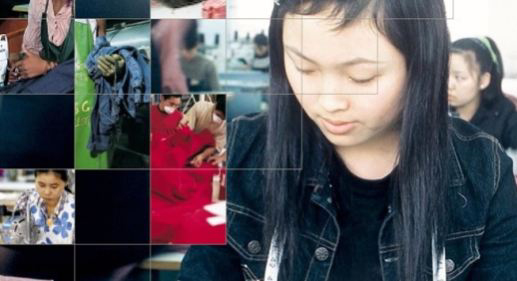
America’s fashion giant for teens and children — The Gap — has just released a candid report detailing the industry’s squalid working conditions.
According to Mark Engler, writing for In These Times, “The report has earned Gap genuine, if measured, praise from a variety of leading anti-sweatshop organizations.” The Gap’s name has been closely tied with the growth of the anti-sweatshop movement over the past 10 years.
“When I decided to join Gap Inc. in the fall of 2002,” writes Paul Presser, president and CEO of the clothing giant behind the Gap, Old Navy and Banana Republic brands, “one of the first things my teenage daughter asked was, ‘Doesn’t Gap use sweatshops?’ ”
An aggressive global movement for workers’ rights has effectively pushed this question into consumer consciousness, and it has haunted Gap for nearly a decade. In May, the company released its first Social Responsibility Report, providing a window into how far that movement has come.
 |
“We’ve had our differences with Gap in the past, and we may in the future,” says Bruce Raynor, president of UNITE, the textiles and needletrades union. But he cites the report as a move to “create positive change for workers.”
A 1995 U.S. National Labour Committee (NLC) campaign against union-busting at a Salvadoran Gap contractor called Mandarin International was among the first drives to illustrate consumer awareness of corporate globalization via clothing labels. As a result, those workers who had been fired while engaged in organizing workers at Mandarin were rehired, and an independent monitoring organization was created.
Just a few years later, The Gap was one of 18 manufacturers charged in a 1999 lawsuit with human rights abuses in the U.S. territory of Saipan. After years of litigation, the company entered into a settlement creating a $20 million fund to compensate workers and establish independent monitoring.
“Companies wouldn’t be doing a thing if it weren’t for the pressure that they felt and continue to feel,” says the NLC’s Charlie Kernighan. “The progress we’ve seen is a testament to all those students, religious people, and union people who were out in front of the Gap back in 1995.”